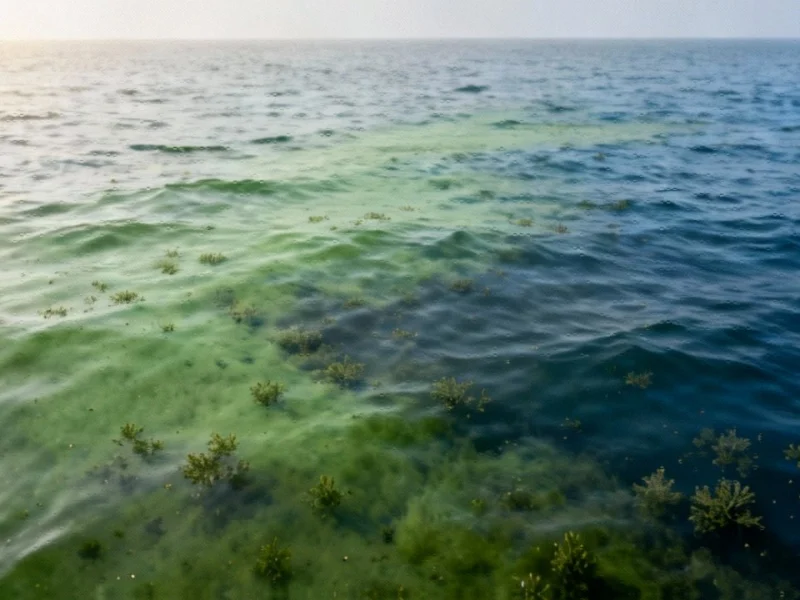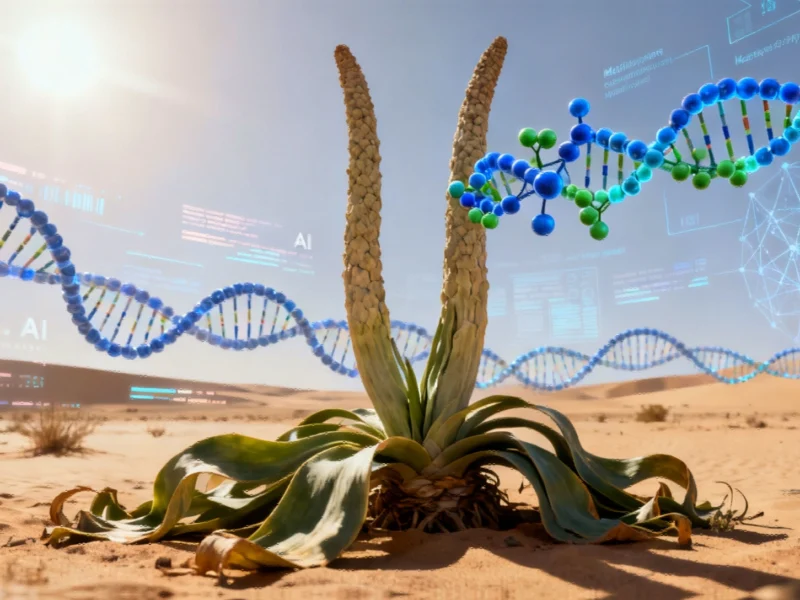Note: Featured image is for illustrative purposes only and does not represent any specific product, service, or entity mentioned in this article.
The Fading Blue Planet: How Ocean Color Changes Signal Climate Emergency
Recent scientific research has uncovered a disturbing trend in our planet’s oceans – they’re literally losing their green color. This visual transformation represents far more than just an aesthetic change; it indicates a fundamental shift in marine ecosystems that could have profound implications for global carbon cycles and climate stability.
The groundbreaking study, which analyzed daily chlorophyll concentrations across low to mid-latitude oceans from 2001 to 2023, reveals a steady decline in phytoplankton populations. These microscopic marine organisms are responsible for nearly half of Earth’s biological productivity and serve as the foundation of marine food webs while playing a crucial role in carbon absorption.
The Science Behind the Color Change
Chlorophyll, the green pigment essential for photosynthesis, gives healthy, productive oceans their characteristic hue. Through sophisticated deep-learning algorithms analyzing satellite and ship monitoring data, researchers detected a significant annual decline of approximately 0.35 micrograms per cubic meter in ocean greenness over the study period. The trend proved even more pronounced in coastal regions and river estuaries, where the decline rates doubled and quadrupled respectively.
This color shift directly correlates with reduced ecological functioning, including an annual 0.088% decrease in carbon sequestration capacity – equivalent to 32 million tons of carbon dioxide that remains in the atmosphere instead of being absorbed by marine ecosystems. As one researcher noted, this development has “profound implications for the carbon cycle” and represents another threat linked to fossil fuel consumption and human-caused planetary warming.
Climate Change’s Impact on Ocean Stratification
The primary driver behind this phenomenon appears to be global heating’s effect on ocean stratification. As surface waters warm faster than deeper layers, the temperature difference creates a barrier that prevents vertical mixing and nutrient transport. Phytoplankton, which depend on nutrients rising from deeper waters, consequently face starvation despite abundant sunlight at the surface.
This research contradicts earlier studies suggesting algal blooms were increasing, highlighting how comprehensive data analysis provides a more accurate picture of global ocean health. While regional variations exist and human activities like agricultural runoff can influence local conditions, the overall trend toward reduced marine productivity is unmistakable across low and mid latitudes.
Broader Implications for Global Systems
The decline in ocean carbon sequestration capacity presents significant challenges for climate mitigation efforts. As the planet’s largest natural carbon sink weakens, humanity faces greater pressure to reduce emissions than previously anticipated. This development comes at a time when global cooperation on climate action faces numerous challenges, including competing priorities in major grid modernization projects and other infrastructure initiatives.
The situation underscores the interconnectedness of environmental systems and technological progress. Just as advanced semiconductor manufacturing pushes the boundaries of computational power, we must apply similar innovation to environmental monitoring and climate solutions.
Technological Responses and Future Directions
Addressing this crisis requires both immediate policy action and long-term technological innovation. Researchers recommend careful management of agricultural fertilizers, sewage discharge, deforestation, and water pollution in coastal areas. Meanwhile, the broader challenge of climate change demands comprehensive strategies that leverage emerging technologies.
The intersection of environmental science and digital technology offers promising avenues for monitoring and response. Recent advancements in precision manufacturing could lead to more sophisticated ocean monitoring equipment, while developments in digital security systems protect the data integrity of climate research.
As we confront these challenges, the technology sector continues to evolve, with Silicon Valley addressing AI safety concerns and companies implementing enhanced security protocols across their platforms. These parallel industry developments demonstrate how technological progress must advance on multiple fronts to address complex global challenges.
Conclusion: A Call for Integrated Solutions
The fading greenness of our oceans serves as a visible warning about the health of our planet’s life support systems. As marine productivity declines, the burden on terrestrial carbon sinks and human-made solutions increases correspondingly. This research highlights the urgent need for integrated approaches that combine environmental science, policy reform, and technological innovation.
The findings challenge us to accelerate emissions reductions while developing new strategies to protect and enhance natural carbon sequestration. As we monitor these critical environmental changes, the global community must recognize that the color of our oceans represents not just an ecological concern, but a fundamental indicator of planetary health that demands immediate and comprehensive action.
This article aggregates information from publicly available sources. All trademarks and copyrights belong to their respective owners.



